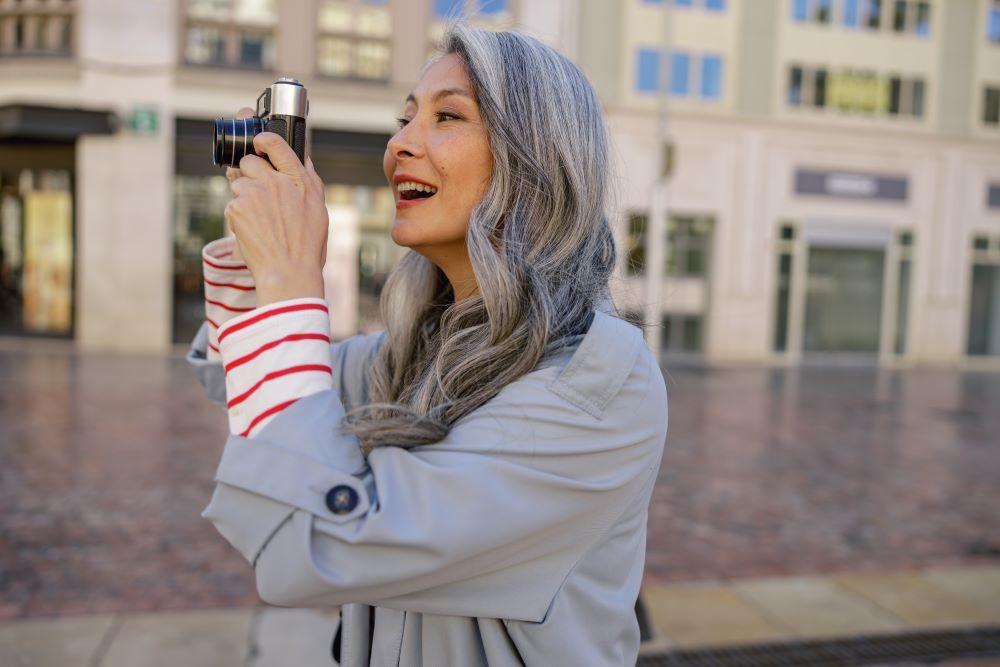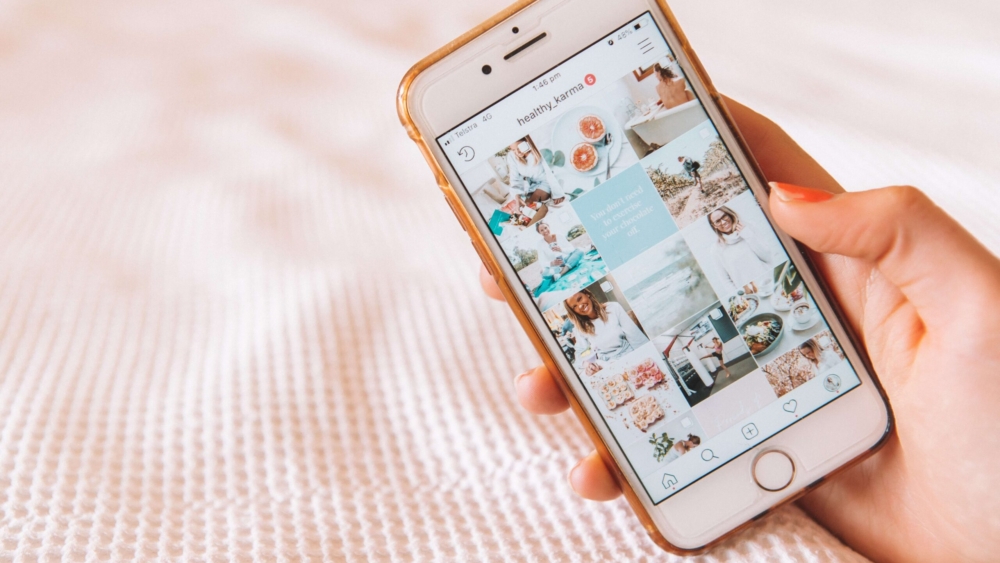Influencers, content creators, key opinion leaders. Call them whatever you want, but I call them opportunity. In the midst of a recessionary environment and shrinking marketing budgets, the creator economy represents a huge opportunity for brands – and the future of marketing.
But what is the creator economy, exactly? It’s the ecosystem where content creators, from micro-influencers to virtual influencers, generate value and build communities through online platforms.
According to research by Nielsen, brand recall for influencer content is four times that of traditional digital content. Further, 80% of social media users in Asia who follow influencers are more likely to buy products when they are recommended by those influencers.
And this isn’t just true for mega-influencers with millions of followers. Audiences are increasingly drawn to creators who feel relatable and authentic, especially micro-influencers (loosely defined as creators with 5,000 to 30,000 followers).
Meltwater’s Creator Economy Report reinforced this when it found that 91% of all sponsored post engagements in 2021 were created by micro-influencers. This cohort of creators are brands’ top collaborators because smaller, focused audiences make for high engagement and the best influencer marketing ROI for brands. Plus, rates for micro-influencer posts are considerably lower than famous influencers, charging an average US$200 per Instagram post in APAC. In this regard, the adage that less is more, certainly holds true.
Doing More with Less: Maximising Impact with Niche Influencers
Considering this, partnering with creators can be an incredibly lucrative move for brands looking to not only reach their audience, but make a lasting impact. By co-creating posts and campaigns with creators in APAC whose audiences and values align with your brand, marketing teams can gain a leg up in brand awareness, consideration, and ROI, all without blowing budgets.
Here are three types of niche influencer groups gaining popularity in the creator economy that you should consider for the year ahead.
1. Virtual Influencers
Meet Rae, a virtual Singaporean influencer, our local answer to Brazilian-American hyper-realistic virtual influencer, Lil Miquela. Rae, forever 25 years old, is effortlessly cool, straddling the realms of virtual and reality. Rae may be 24/7 plugged in, but she also “lives” in the real world: she’s had her hair done by Kim Robinson, been spotted at the F1 Grand Prix, and walked the runway for fashion festival Front Row. Rae is also the face of Shiseido and Hugo Boss and is emblematic of the fashion industry’s current love of virtual influencers. Virtual influencers have played a role at Milan and Paris Fashion week and are used by ambassadors by luxury brands.
While many have proclaimed virtual influencers as a novelty, they have been gaining traction with digital natives. In fact, fashion house Hugo Boss stated they engaged Rae as part of their rebranding strategy to appeal to the youth demographic in Singapore. AI influencers like Rae offer brands unique opportunities to:
- Control their image and messaging: You have complete control over their appearance, personality, and values.
- Reach niche audiences: They can be tailored to appeal to specific demographics and interests.
- Generate consistent content: They are available 24/7 and can create content on demand.
2. Granfluencers

In Asia, where markets including Singapore, Japan and South Korea have significant ageing populations, the silver economy is lined with gold. We’re starting to see the rise of the “granfluencers” in Asia – senior influencers who are redefining ideas of what ‘ageing’ looks like and pulling in millions of followers along the way.
For example, Chinese Douyin influencer, @tlaolao, has racked up more than 36 million followers and generates an average of more than $300k in media impact value per post. Ong Bee Yan, grandmother of two, is also a rising granfluencer from Singapore. She has worked with Young Hungry Free, an edgy online fashion brand, as well as Estée Lauder, promoting their skincare products.
These young-at-heart influencers resonate with Millennials and Gen Z because they are seen as more authentic, confident, and honest while still relating closely with their own demographics. Granfluencers have carved a niche for themselves in the digital world and offer brands novel ways to:
- Connect with older demographics: They have a strong influence on the purchasing decisions of their peers.
- Build trust and credibility: Their life experience and wisdom lend authenticity to brand messages.
- Challenge age stereotypes: They promote positive images of ageing and active lifestyles.
3. Petfluencers
Who doesn’t love a cute animal? It is precisely this appeal that has drawn in dollars and deals for pet influencers – well, for their owners. Petfluencers are often crowd favourites with massive appeal, and do not lose out to their human counterparts when it comes to engagement. According to media auditor SpearRJ, “Kim Kardashian’s Instagram offers an engagement rate of 1.68%. In comparison, the famous wolfdog @Loki, has an engagement rate of 2.51% and gathers more than 50,000 likes for each post.”
Singapore’s top dogs include Sasha and Piper (@lomodoggies), a pair of fluffy white terriers with 25,000 followers. The duo has endorsement deals with brands such as Dyson, Hush Puppies, and Cloversoft, and according to a past Straits Times interview by their owner, each marketing deal earned them about SG$500. Though four-legged and furry, these are an example of micro-influencers that brands can collaborate with creatively to:
- Boost engagement and reach: They often have highly engaged audiences, translating to increased visibility and reach.
- Humanise your brand: Pets evoke strong emotions and can help make your brand more relatable and approachable.
- Create unique and memorable content: They offer opportunities for creative and playful content that stands out from the crowd.
Finding the Right Micro-Influencers for Your Brand
With the robust growth of the creator economy, micro-influencer marketing has become a powerful strategy for brands of all sizes. But how can you find micro-influencers that align with your brand and resonate with your target audience?
- Utilise influencer marketing platforms: These platforms can help you identify and connect with relevant micro-influencers. Consider partnering with a creative agency to help you find the right one for your brand.
- Search relevant hashtags on social media: Look for hashtags related to your industry or niche to discover micro-influencers creating content in your space.
- Engage with your audience: Pay attention to who is already engaging with your brand on social media. They might be micro-influencers in your target audience.
- Pick the right partner: Mutant is a communications agency in Singapore that’s got our ears to the ground, keeping you plugged into every move of the creator economy. Whether you’re looking for social media content services or content marketing opportunities, we can help you maximise your influencer marketing ROI and deliver unforgettable campaigns that push your brand identity to the next level.
The creator economy is ever-evolving, offering exciting opportunities for brands to connect with their audiences in authentic and engaging ways.
Whether you’re looking to refresh your social media strategy, launch a new campaign, or simply explore the possibilities of the creator economy, Mutant is here to help. Our team of experts can guide you through every step of the process, from identifying the right influencers to crafting compelling content that resonates with your target audience.
Want to tap into the power of the creator economy? Chat with us at [email protected]

